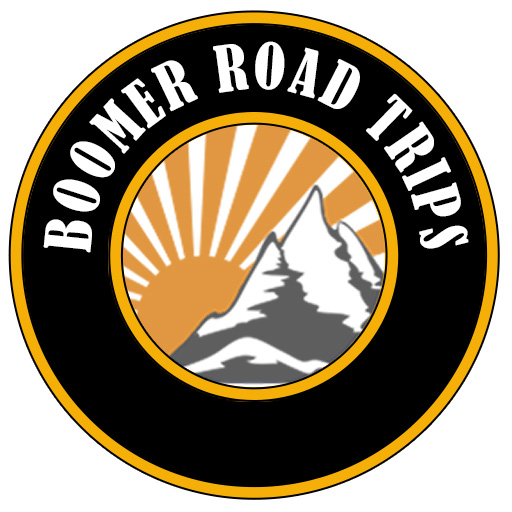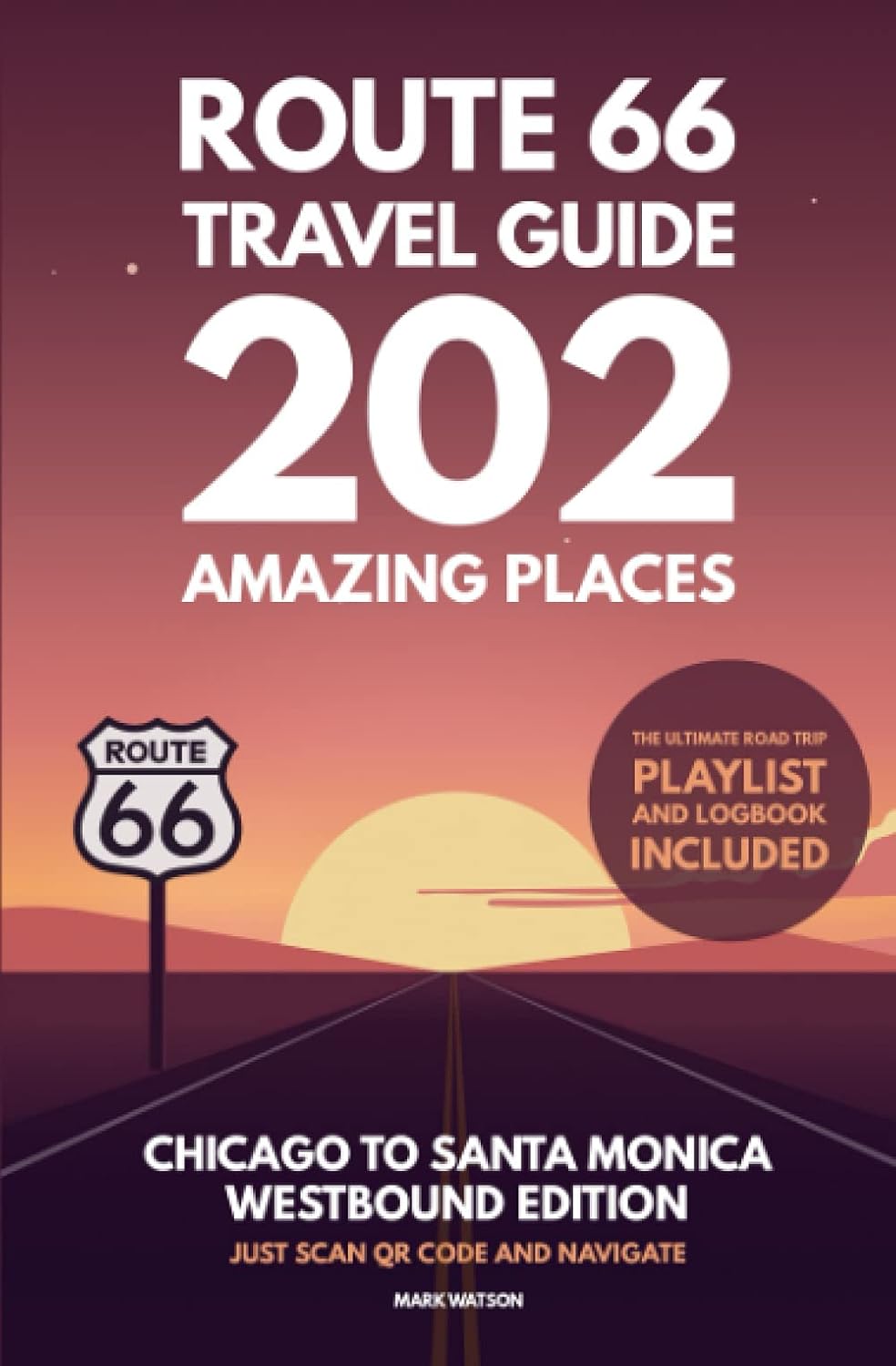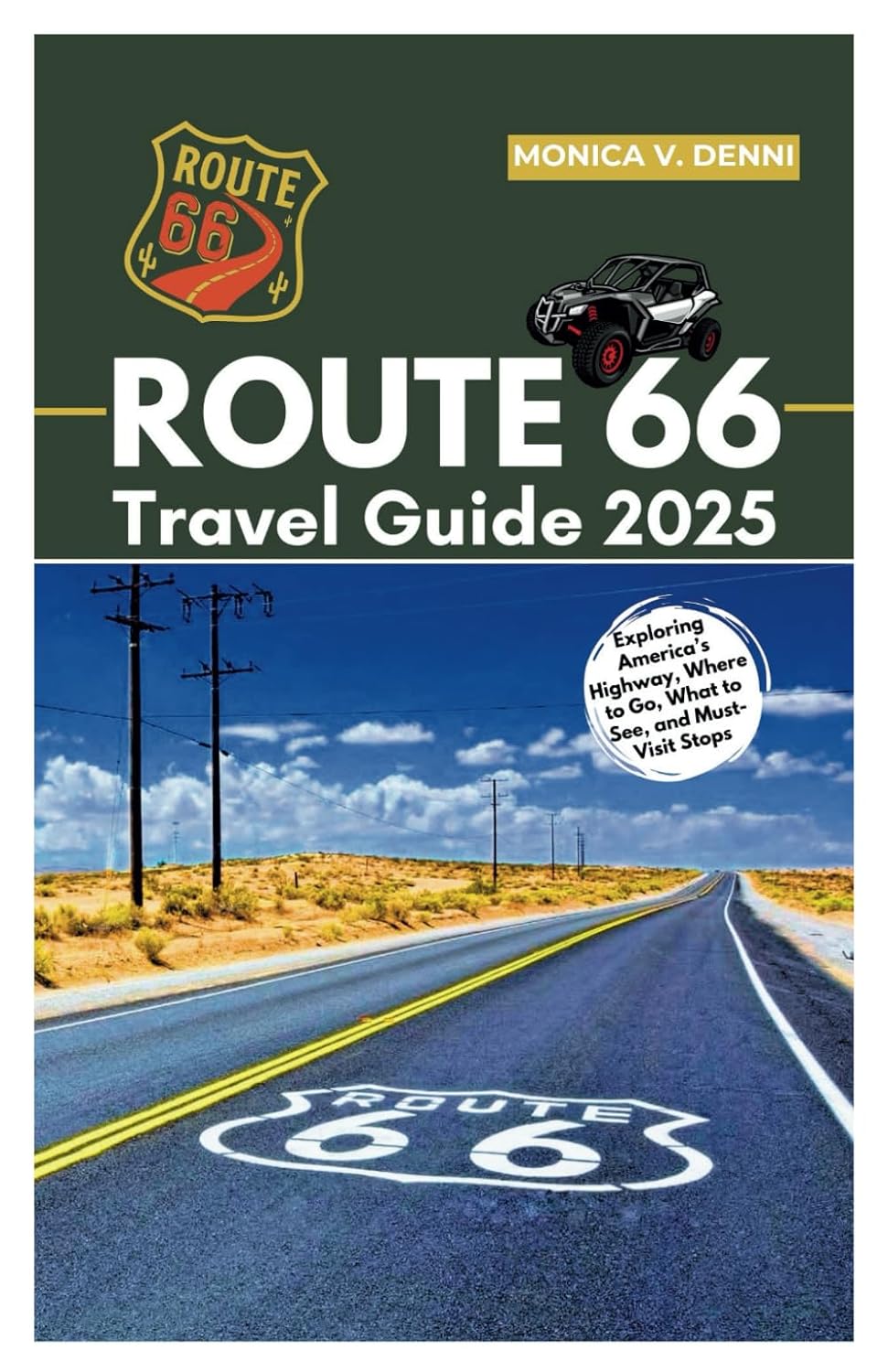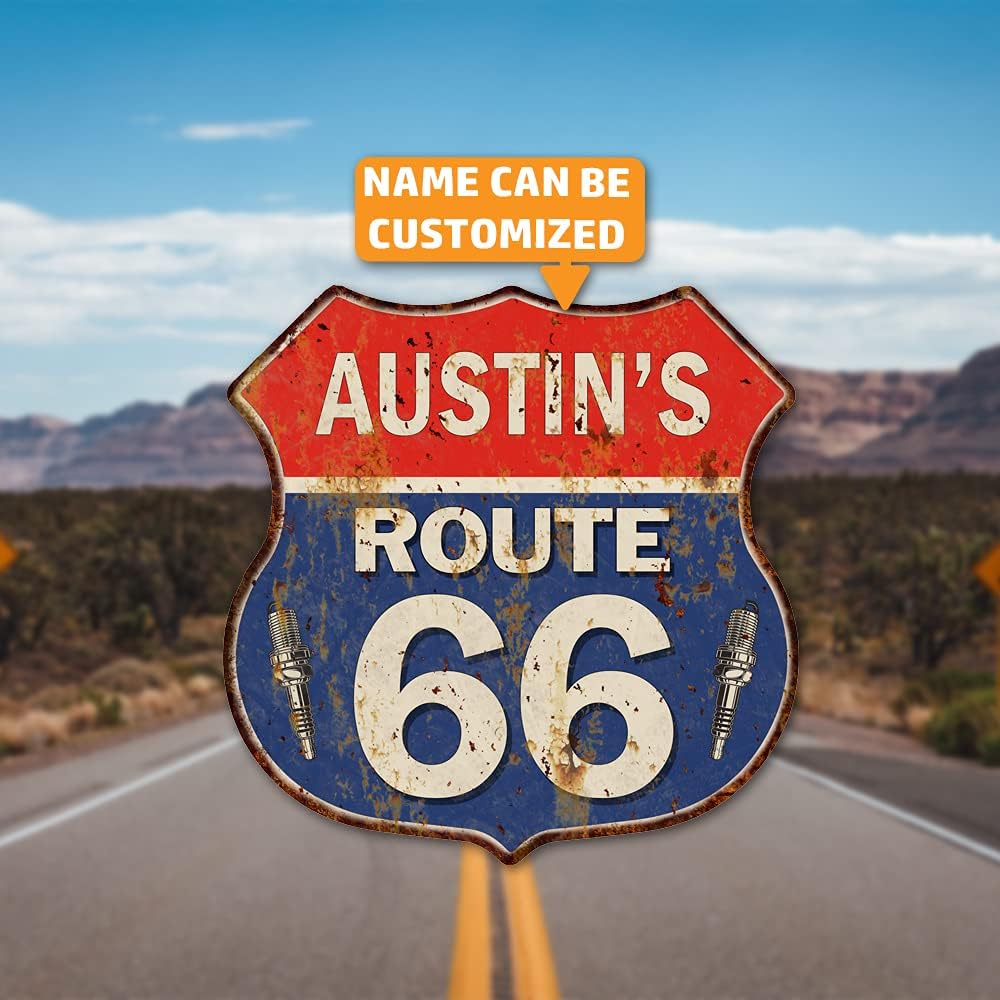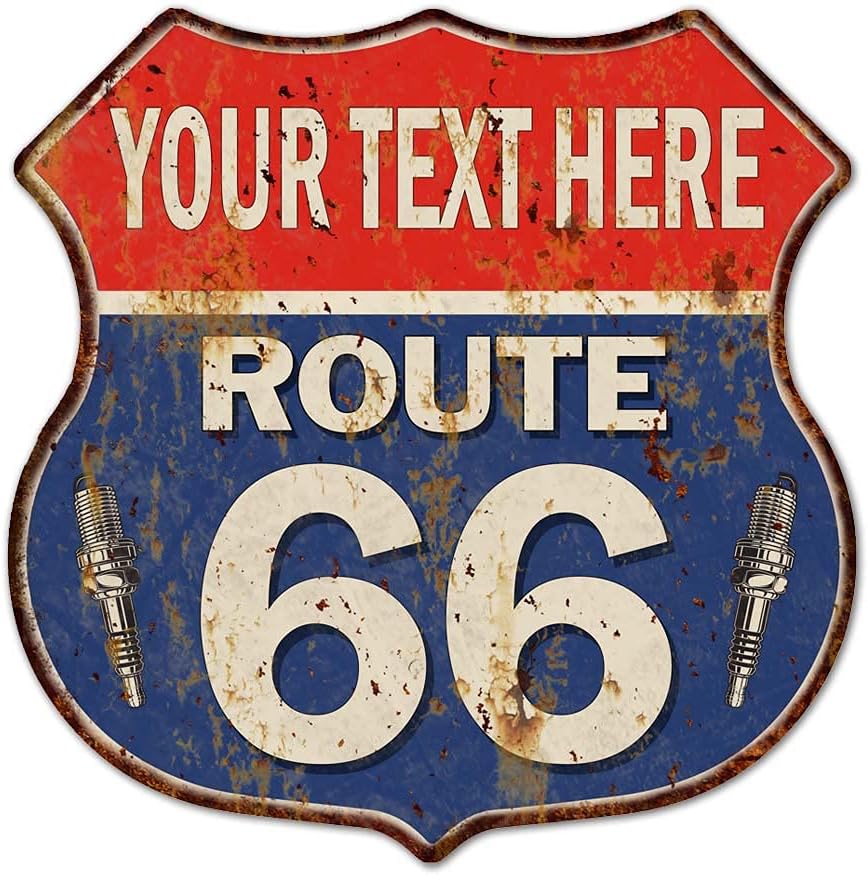Welcome to Oklahoma City: A Capital Stop on Route 66
Situated in the heart of the Great Plains, Oklahoma City is a vibrant and historically rich destination that straddles one of America’s most iconic highways—Route 66. As both a modern metropolis and a city steeped in tradition, it offers travelers a dynamic mix of museums, art, culture, and vintage roadside Americana. Whether you’re looking to relive the golden age of the American road trip or explore the thriving downtown scene, Oklahoma City is a must-see destination along the Mother Road.
The History of Oklahoma City
Founded during the Land Run of 1889, Oklahoma City sprang to life in a single day, quickly evolving from a prairie settlement to the bustling capital of the state. The discovery of oil in the early 20th century fueled explosive growth, and the city became a regional economic powerhouse. Through the 20th century, Oklahoma City established itself as a hub of agriculture, energy, and transportation, all while nurturing a strong sense of community and civic pride.
Climate and Weather in Oklahoma City
Climate Type: Humid Subtropical (Cfa)
Oklahoma City experiences a full range of seasons, from hot, sunny summers to occasionally snowy winters. The region is part of “Tornado Alley,” so spring can bring severe weather.
| Season | Avg High (°F) | Avg Low (°F) | Rainfall | Snowfall |
|---|---|---|---|---|
| Summer | 90–95 | 68–73 | 3–4 in/month | 0 in |
| Fall | 65–85 | 45–60 | 2–3 in/month | 0–1 in |
| Winter | 45–55 | 25–35 | 1–2 in/month | 2–4 in/month |
| Spring | 60–80 | 40–60 | 3–5 in/month | Trace |
A History of Route 66 in Oklahoma City
When Route 66 was officially commissioned in 1926, it passed straight through Oklahoma City on its diagonal journey from Chicago to Los Angeles. The route followed what is now NW 39th Street and continued east on 23rd Street and Lincoln Boulevard, guiding travelers past bustling diners, garages, motels, and neon-lit attractions. During the Dust Bowl, Route 66 became a lifeline for displaced families heading west, and Oklahoma City became a critical stop for rest and work. Over the years, the city embraced its position as a hub on the Mother Road and has preserved many iconic sites from the highway’s heyday.
Route 66 Attractions in Oklahoma City
1. Milk Bottle Grocery – Route 66 Landmark
Address: 2426 N Classen Blvd
A quirky and beloved landmark, this tiny triangular brick building features a giant milk bottle on the roof. Originally a grocery in the 1940s, it’s now a popular photo stop along Route 66.
The Milk Bottle Grocery is a beloved roadside oddity and historic landmark located on historic Route 66 in Oklahoma City. Built in 1930, this tiny brick wedge-shaped building sits on a small triangular island at 2426 N. Classen Boulevard. Its fame skyrocketed in 1948 when a giant metal milk bottle was installed on the roof as a creative advertisement for local dairy products—transforming the building into one of Route 66’s most photographed icons.
Throughout the decades, the structure housed a variety of small businesses, including a grocery store, Vietnamese sandwich shop, and snack bar. Despite its modest size, the Milk Bottle Grocery holds outsized cultural significance. It was listed on the National Register of Historic Places in 1998 and remains a nostalgic reminder of the golden age of American roadside travel, emblematic of the quirky charm that made Route 66 famous.
2. Gold Dome Building – A Route 66 Landmark
Address: 1112 NW 23rd St
A gleaming geodesic dome built in 1958, this former Citizens Bank is a mid-century architectural marvel and an enduring Route 66 relic.
The Gold Dome is a striking example of mid-century modern architecture located on Route 66 at 1112 NW 23rd Street in Oklahoma City. Constructed in 1958, it was originally built as a Citizens State Bank and is one of the first geodesic domes ever used as a commercial building. Designed by architect Buckminster Fuller, the building’s shimmering gold-anodized aluminum panels and futuristic dome made it an instant landmark.
Over the years, the Gold Dome has housed various businesses and community organizations, and despite multiple threats of demolition, it has survived thanks to public outcry and preservation efforts. It was added to the National Register of Historic Places in 2003. Today, the Gold Dome stands as an enduring symbol of 1950s optimism and innovation, reflecting Route 66’s spirit of progress and cultural flair.
3. Tower Theatre
Address: 425 NW 23rd St
This beautifully restored 1937 art deco theater now hosts concerts and events and anchors the revitalized Uptown 23rd Street district.
The Tower Theatre, located at 425 NW 23rd Street along Route 66 in Oklahoma City, is one of the city’s most iconic historic entertainment venues. Opened in 1937, the theater featured Art Deco design and quickly became a popular destination for moviegoers along the bustling Mother Road. Its glowing neon tower and marquee became a beacon for travelers and locals alike.
After closing in 1989, the building sat vacant for years, but efforts to preserve and restore it led to a major renovation. Reopened in 2017 as a live music and performing arts venue, the Tower Theatre now hosts concerts, comedy acts, film screenings, and community events. It stands as a testament to Oklahoma City’s revitalization efforts and remains a cherished Route 66 attraction blending historic charm with modern culture.
4. Lake Overholser Bridge near Oklahoma City
Address: 8703-8709 Overholser Dr, Bethany, OK 73008
The Lake Overholser Bridge is a historic Route 66 crossing located on the west side of Oklahoma City. Built in 1924, this 748-foot-long steel truss bridge spans the North Canadian River just south of Lake Overholser. It became part of Route 66 in 1926 and served as the main alignment of the Mother Road until 1958, carrying countless travelers across Oklahoma during the highway’s heyday.
Constructed by the Missouri Valley Bridge and Iron Company, the bridge is notable for its classic Parker through-truss design and concrete piers. Though replaced by a modern roadway, the original bridge still stands and is open to pedestrian and bicycle traffic. Listed on the National Register of Historic Places, the Lake Overholser Bridge offers a scenic and nostalgic glimpse into the early days of America’s most famous highway.
5. Route 66 park – Celebrating the Mother Road
Address: 9901 NW 23rd St., OKC (Bethany), OK
Route 66 Park is a scenic and family-friendly attraction located on the western edge of Oklahoma City near Lake Overholser, along the historic Route 66 corridor. Opened in the early 2000s, the park was designed to honor the legacy of the Mother Road and serve as a gathering place for locals and travelers alike.
The park features walking and biking trails, a large observation tower with panoramic views of Lake Overholser, and a playground for children. One of its key highlights is the Route 66 Plaza, which showcases a series of artistic inlays representing each state along Route 66. Interpretive displays and monuments throughout the park celebrate the history and cultural impact of the highway.
Located near the historic Lake Overholser Bridge, Route 66 Park offers a peaceful stop for reflection and recreation while connecting visitors to the enduring spirit of America’s most famous road.
6. Will Rogers Theater
Address: 4322 N Western Ave, Oklahoma City, OK 73118
The Will Rogers Theatre, located at 4322 N. Western Avenue along historic Route 66 in Oklahoma City, is a beloved example of mid-20th-century cinema architecture. Opened in 1946, the theater was named after Oklahoma’s favorite son, humorist and entertainer Will Rogers. Its sleek Art Moderne design, colorful neon marquee, and spacious auditorium made it a popular destination for moviegoers during the golden age of film.
After several decades of operation, the theater eventually closed, but it was later restored and repurposed as a stylish event venue. Today, the Will Rogers Theatre hosts weddings, concerts, corporate events, and community gatherings, blending vintage charm with modern elegance. Its preservation is a tribute to Oklahoma City’s cultural heritage and the enduring legacy of Route 66.
Lodging in Oklahoma City on Route 66
- Ambassador Hotel Oklahoma City – A restored boutique hotel blending modern luxury with 1920s charm.
- The Skirvin Hilton – Though not directly on Route 66, this historic hotel in downtown OKC is a favorite for vintage lovers.
- Classen Inn – A quirky, reimagined 1960s motel with Route 66 flair and custom art in every room.
- Best Western Plus Saddleback Inn – A Route 66-themed motel near the fairgrounds with Western décor and vintage styling.
Places to Eat on Route 66 in Oklahoma City
- Tucker’s Onion Burgers – A modern take on Oklahoma’s signature fried-onion burger, located along NW 23rd St.
- Cheever’s Café – An upscale bistro located in a former flower shop along Route 66.
- The Mule – Comfort food classics with a twist in the Plaza District.
- Empire Slice House – Funky, colorful, and Route 66-ready with giant slices and good vibes.
Classic Route 66 Diners and Motels (No Longer in Operation)
1. El Rancho Grande Restaurant
A Route 66 staple since 1950, this Tex-Mex joint was known for its neon sign and sizzling plates. It has closed but remains a fond memory.
2. Villa Motel
Once located along NW 39th Street, this classic mid-century motel catered to weary road trippers before being demolished in the late 1990s.
3. Skyline Motel
Another vintage stop from the golden era of Route 66 travel, now lost to time but immortalized in postcards and traveler journals.
4. Lincoln Motel (near Chandler, often mistaken as part of OKC)
A favorite among travelers for its neon signs and classic motor court layout, it is no longer in operation but remains an iconic image of Oklahoma Route 66.
Tips for Visiting Oklahoma City
- Drive the NW 39th Street Alignment: This stretch preserves much of Route 66’s charm, with motels, neon, and roadside attractions.
- Visit in Spring or Fall: Avoid peak summer heat and enjoy festivals like the Festival of the Arts or the Plaza District Festival.
- Check for Tornado Weather: Be weather-aware in spring and early summer; storms can pop up quickly.
- Use the Streetcar: OKC’s downtown streetcar system is a great way to explore Bricktown and Midtown without parking hassles.
- Don’t Skip the Side Trips: Nearby Arcadia, El Reno, and Yukon all have great Route 66 stops just minutes outside the city.
Final Thoughts on Oklahoma City
Oklahoma City is more than a pitstop—it’s a crossroads of culture, history, and roadside Americana. With its preserved landmarks, vibrant arts districts, and deep ties to Route 66, the city provides a perfect blend of old and new. Whether you’re chasing neon nostalgia or enjoying upscale cuisine, Oklahoma City welcomes all travelers with open arms and wide roads.
Let me know if you’d like printable maps, driving directions, or a PDF version of this article.
